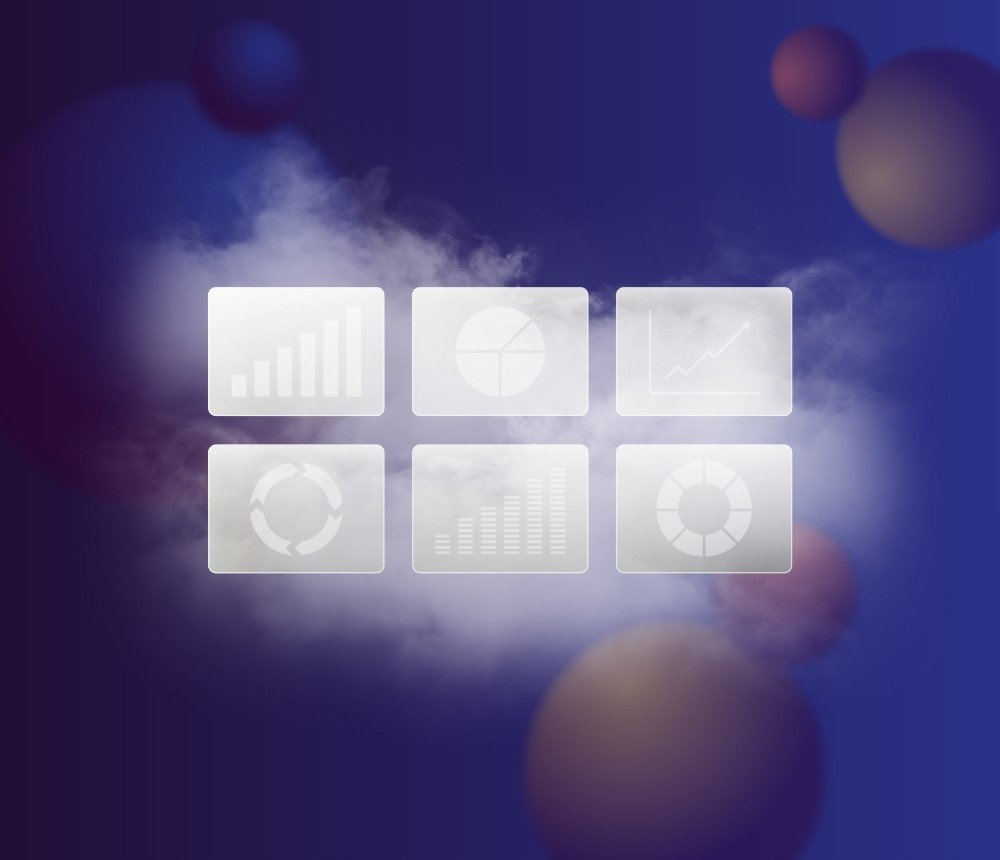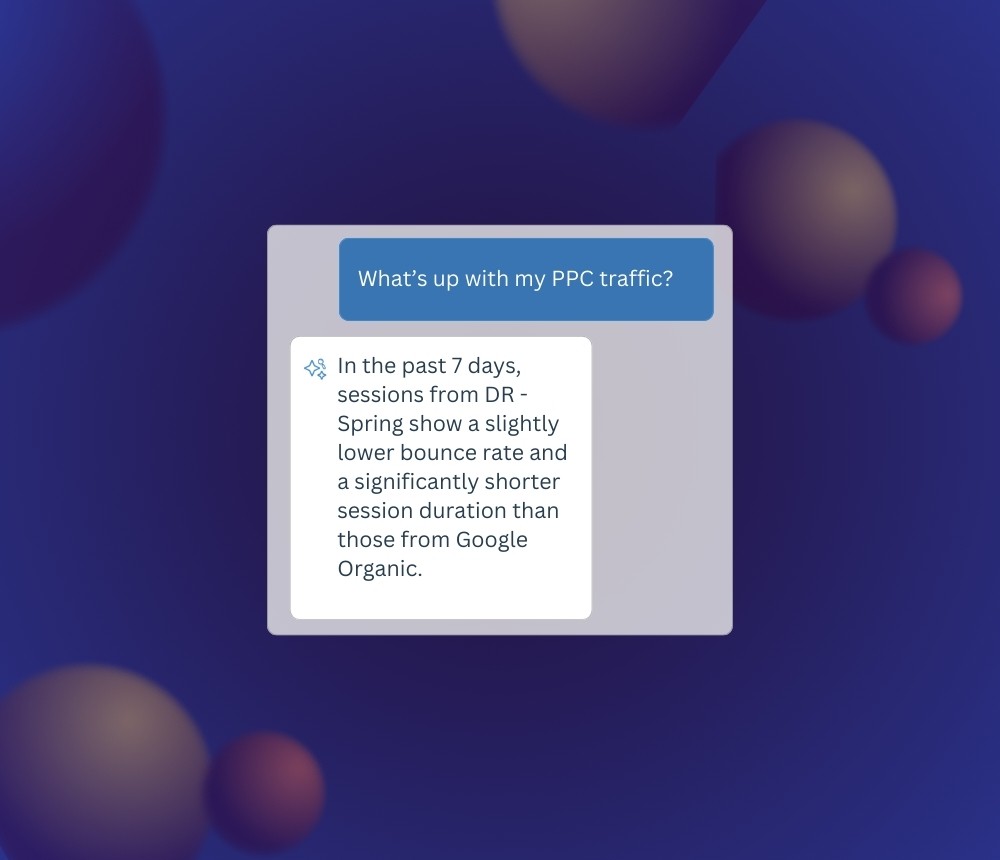How to Document Your Conversion Funnel

No matter if you’re a team of one or 1,000, well-documented conversion paths can help you level up your customer journey and, ultimately, improve your bottom line.
Below we've collected what you need to consider when documenting your funnel, from the various stages to conversion rates and drop-off percentages. Treat this as a starting point for your specific business needs.
Funnel steps represent stages in the customer journey
Conversion funnels are a graphic description of the path a customer takes through your system of marketing activations. Generally speaking, the end of a conversion funnel is either someone becoming a new customer or an advocate for your company.
In the typical customer journey (no matter the industry), a prospect will learn about a company or product, investigate further, maybe compare it against other offers for a similar product, and then make a purchasing decision. This is why a conversion funnel is broken into what’s known as stages or phases.
Each stage represents a significant increase in the prospect’s understanding of your offering as well as your understanding of their demographic information and wants/needs.
A typical conversion funnel will include 4-6 stages. Having more than six stages may lead to unnecessary difficulty when using the funnel for planning or communication needs.
Additional details you can add to a more mature funnel document
If you’re feeling fancy, here are two features you can add to your conversion funnel document to increase its value.
First, what is the customer’s goal in each stage? Are they trying to finish the checkout process, see reviews of your company or sign up for a newsletter?
Adding goals to each stage allows you to align your business efforts with a more tangible customer issue.
Second, what emotions are customers feeling during each stage?
Even adding a few simple words such as “doubt,” “excitement” or “curiosity” to your funnel stages can help frame the intention of your team’s efforts.
One way to better understand how customers feel throughout your funnel is with a site survey. Learn which survey questions to ask to get to the root of their needs and issues.
Conversion funnel stages
Let’s walk through each stage of the typical conversion funnel so you can begin creating your own document. We recommend you take your time in this section, pausing to ask yourselves the questions below.
Spending a good amount of focus thinking through your funnel is the best path to a document that provides long-term value.
Awareness
At the top of the funnel, you need to consider how a prospect first becomes aware of your business or brand.
Are you running paid media campaigns, social ads, promoted landing pages or sponsored content marketing placements? Generally speaking, this is called the “awareness” stage. This is where a website visitor becomes a prospect and your initial opportunity begins.
Consideration
After someone finds your brand, what do you want them to do?
Would you like them to read your content, browse your store’s offerings or sign up for a webinar? Many organizations call this the “consideration” stage because a prospect is starting to evaluate your company’s offerings against those of your competitors. Oftentimes, this is where you’ll win or lose a prospect's interest.
Key factors in the “consideration” stage include product availability, pricing and packaging, company trustworthiness and website user experience.
Qualification/Purchase
Where your funnel goes next depends on the desired action. If you nurture prospects via a cold email or sales call, there may be a “qualification” stage. If you simply convert products via a shopping cart, this may be the “purchase” stage.
How do you convert prospects from website visitors into customers? That is this stage.
Advocacy
Following a purchase, you have the difficult job of converting one-time customers into brand advocates and returning purchasers.
You can call this the “advocacy” stage or something similar depending on your preferred long-term outcome. Some companies opt to include an additional stage post-purchase that encompasses all of their onboarding activities.
Offer regular customers an exclusive discount, the opportunity to participate in a case study or anything else that may help them feel special and different from "normal" customers.
This timeline can vary greatly from one day to one month or beyond. And while only a small percentage of customers may turn into true advocates, this phase of the journey is well worth your attention.
Note: Don’t stress over the design
Take pen to paper and start drawing out your funnel. As you’ll see below, the funnel itself is a very simple concept that you can play around with before sinking time into layout and design.
Conversion funnel optimization examples by industry
In these three examples, you’ll notice a few things.
First, there are many similarities. This makes sense as we are considering how a person goes from learning about something to making a decision to purchase/subscribe, no matter the industry.
Second, the unique aspect of your business will be the specific prospect's needs and emotions during any given funnel stage (and what you do about them).
Truly understanding the goals of a prospect and the things that may get in the way of a purchasing decision will help your funnel become a better representation of reality.



In reality, the funnel isn't a straight line
While you're likely able to find segments of visitors behaving the same, they'll never follow the same exact journey.
Because of this, conversion funnels need to allow for a flexible entry and exit system. The steps are there to guide marketing, sales and tech to align on overall purpose, not to kill creativity or keep people from innovating.
A documented funnel keeps things moving forward
No matter if you're a solopreneur or part of a huge team, paying attention to your conversion funnel will pay dividends.
Whether you’re focusing on communication between marketing and sales, improving the way potential customers create an account or hoping to shift more effort into the “consideration” stage, a documented funnel will guide your efforts.



